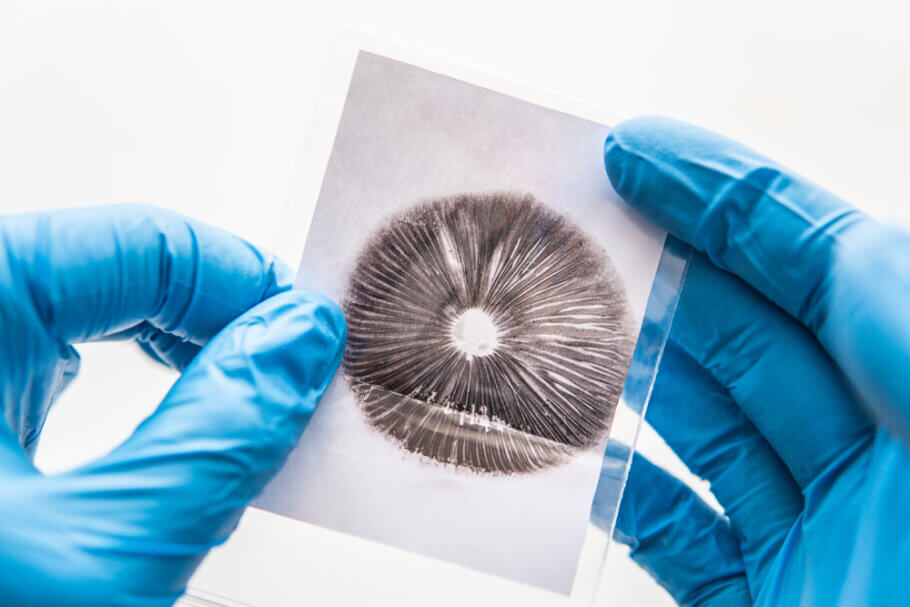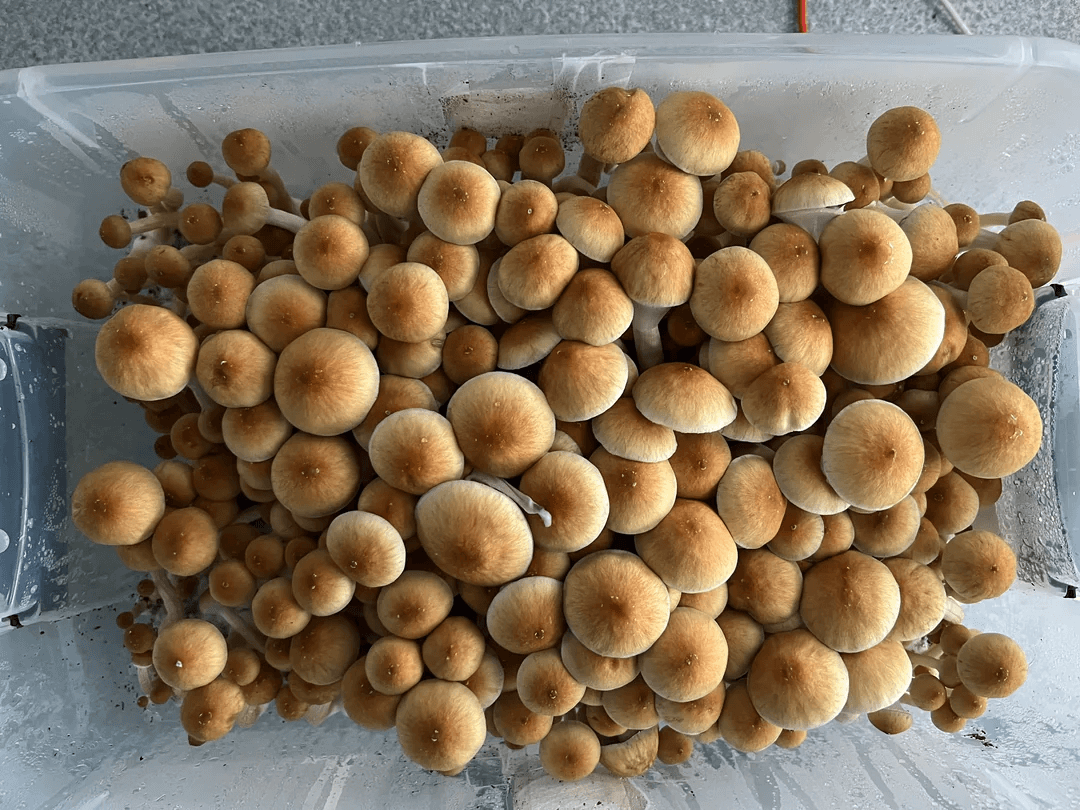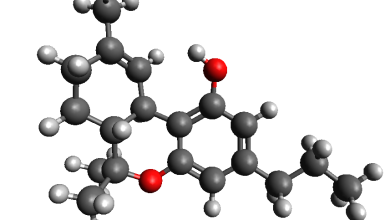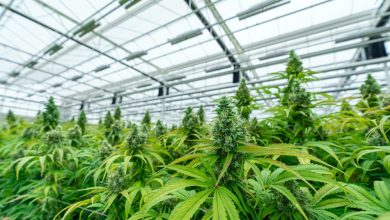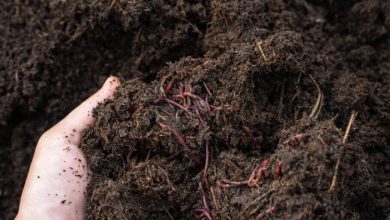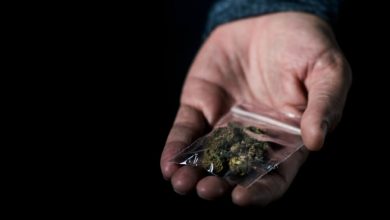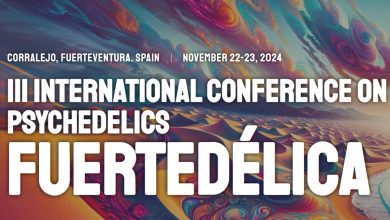Differences between growing mushrooms with spores or with mycelium- Alchimia Grow Shop
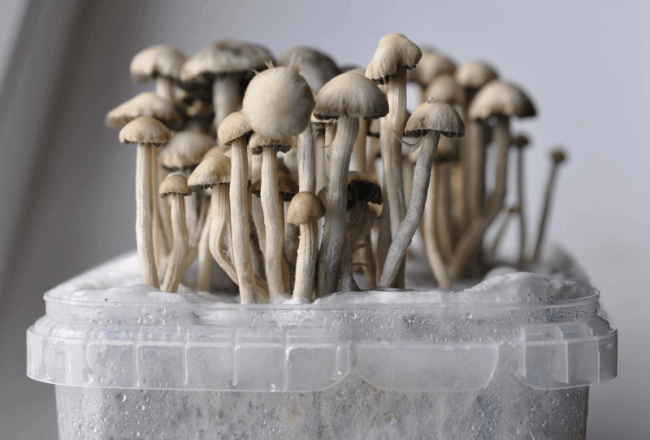
Growing magic mushrooms has become a popular activity among enthusiasts who seek to explore their psychedelic properties in a safe and controlled manner and without the need to depend on third parties. However, for those starting in this practice and wanting to start the process themselves from the beginning, without starting with mushroom cake already prepared to bear fruit, one of the first decisions is to choose between starting from spores or mycelium.
Each option has its particularities, advantages, and disadvantages, so it is essential to know them thoroughly to decide which one best suits your needs. Today we want to help you make this important decision and evaluate the pros and cons of each method. Join us and discover them!
Home cultivation of magic mushrooms
Growing magic mushrooms at home allows you to control the environment and provide optimal conditions for their development, as well as choosing the variety you like best. This includes managing key factors such as temperature, humidity, oxygen level, and light exposure. By doing so in a controlled, domestic environment, growers avoid risks associated with outdoor cultivation, such as pollution, sudden climate changes, and pests.
One of the most critical aspects is ensuring a clean and sterile environment. Mushrooms are especially sensitive to contamination by bacteria and other fungi such as Trichoderma during their early stages of development. Equipment such as sterile gloves, masks, isopropyl alcohol, and sterile containers are essential to maximize the success of the harvest, which we assure you is much more rewarding when you have carried out all the steps of cultivation yourself. However, often the grower who is starting in this activity and does not want to start directly with a ready-to-fruit loaf is faced with a first doubt of great importance: Is it better to start from spores or mycelium?
Well, as you probably already imagined, each method has its challenges and benefits, so let’s look at the main characteristics of each one to help you make your decision…Spores or mycelium? That is the question!
What are spores?
Magic mushroom spores are the microscopic structures responsible for mushroom reproduction – that fine dust that stains your other mushrooms and the substrate if you take too long to harvest your ‘shrooms. They work similarly to plant seeds but are much smaller and simpler. Each spore contains the genetic information needed to form a new mycelium, which will eventually produce mushrooms if the environmental conditions are right.
An important characteristic of spores is their great capacity for dispersal. In nature, they are transported by wind, water, and animals, allowing fungi to colonize new territories. Spores also have a remarkable capacity for adaptation, allowing them to germinate even in adverse conditions if they manage to find a suitable nutritious environment. You will usually find them on the market in several forms:
Commercial spore formats:
- Spore prints: These consist of a deposit of spores on aluminum foil or sterile material, obtained by dropping the spores from the gills of a mature mushroom. This format has a long shelf life but requires rehydration and careful handling to be used in cultures.
- Spore syringes: Spores are suspended in a sterile liquid solution inside a syringe. This format is easier to use than prints, as it facilitates even distribution and reduces the risk of contamination. In the case of collecting spores from your mushrooms and making your prints, you will need to prepare one of these syringes to inoculate a culture medium and thus create a mycelium that will allow you to start your new culture.
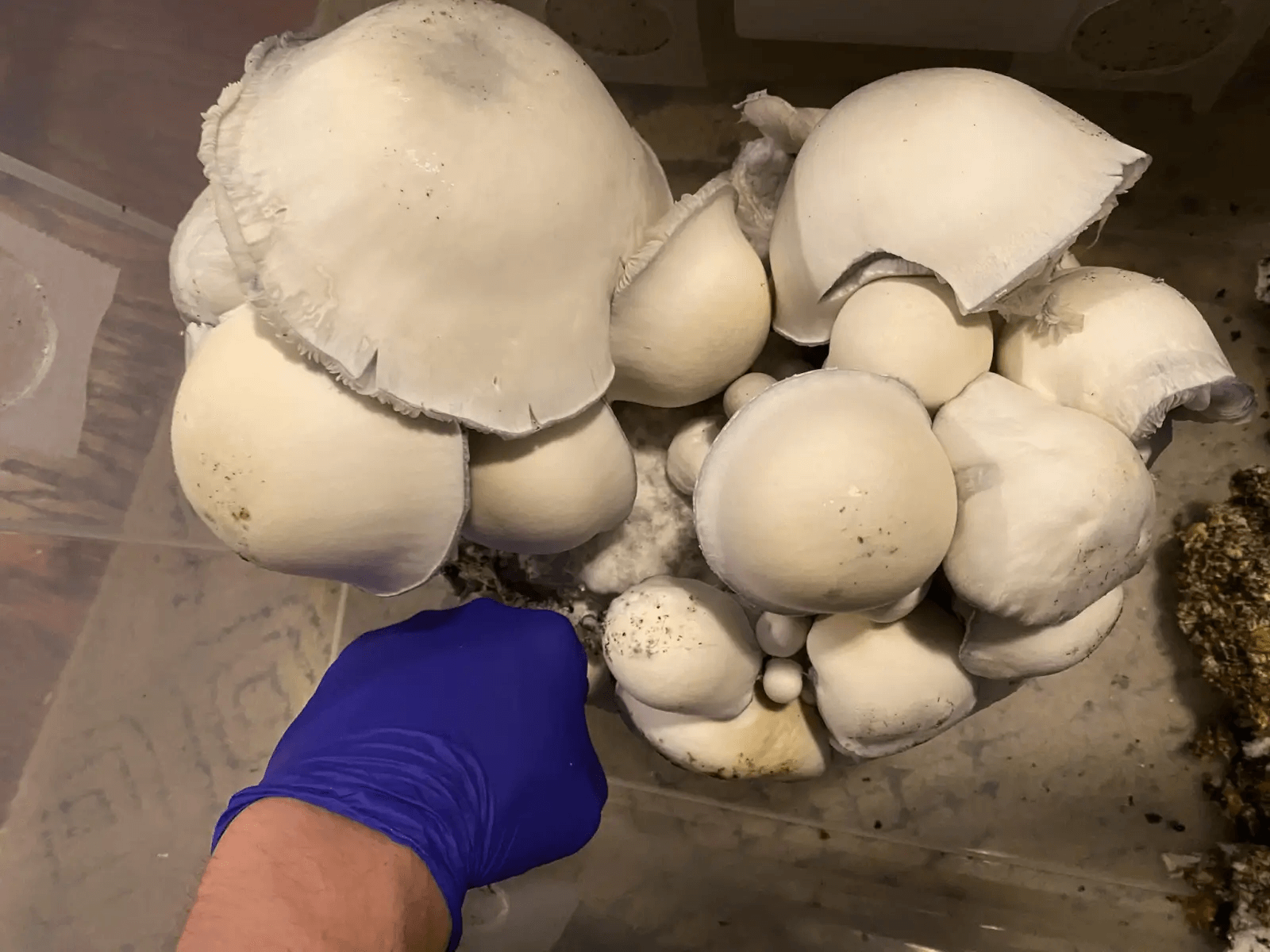
Key factors for the use of spores:
Spores require specific conditions to germinate, such as the presence of a nutritious substrate, adequate temperature, and high humidity. During this initial stage, they are highly vulnerable to contamination by bacteria, competing fungi, and molds, so it is essential to work in a clean and disinfected environment, preferably sterile.
Spore germination is a slow and unpredictable process, as not all spores have the same ability to thrive. However, this method allows for a great deal of genetic variability, which can lead to unique strains with particular properties. Typically, spores are inoculated into some type of grain to develop a mycelium, which will then be mixed with a substrate to begin fruiting once the mycelium has fully colonized it.
Spore prints and syringes of magic mushrooms
Today we are going to tell you how to prepare a spore syringe from prints or vials, a simple process that requires maximum hygiene to minimize the risk of contamination. In addition, we will present you the different options you have to reproduce the mycelium and get a copious harvest of mushrooms.
Advantages and Disadvantages of Growing from Spores
Advantages:
- Greater genetic diversity: Being the starting point of the life cycle of the fungus, spores allow for different phenotypes, which can result in unique characteristics in the mushrooms. For example, it is how new mushroom hybrids are developed.
- Long shelf life: Spores stored under appropriate conditions (dry, cool, dark place) can remain viable for months, even years.
- Access to a wide variety: Spores are available in a wide variety of strains and species, allowing the grower to experiment with different types of mushrooms. Plus, they are easy to harvest, so you can soon have an interesting collection of spore prints in your fridge.
Disadvantages:
- Increased risk of contamination: Spores are highly vulnerable to contamination in their early stages, requiring extremely careful handling and sterile environments. With more steps to be taken starting from spores, the chances of failure increase.
- Slow development: The process from spore germination to mycelium formation can take several weeks, which delays mushroom production.
- Greater complexity: Spore handling requires experience and precision, so it is not ideal for those who are just starting out in cultivation. In any case, it will be easier to start with a syringe already loaded with hydrated spores than with spore prints.

What is mycelium?
The mycelium is the vegetative body of the fungus, composed of a network of fine filaments called hyphae. It extends beneath the substrate and acts as a transport network that absorbs water and nutrients essential for the growth and development of the fungus.
Unlike spores, mycelium already represents an advanced phase in the life cycle of the fungus. It is the equivalent of the root system of plants and is essential for the formation of mushrooms. You can find or prepare your mycelium in two basic ways:
Types of mycelium in cultivation:
Mycelium can be presented in different formats, the most common being solid mycelium and liquid mycelium.
- Solid mycelium: Colonizing a solid material or culture medium, such as cereal grains (barley, brown rice, rye, etc.). This format is easy to handle and allows for more visible and controlled colonization of the substrate. Following the previous example, you would inoculate spores into a grain to form the mycelium, and once formed you would mix this mycelium with a nutrient-rich substrate. Once the mycelium has colonized this substrate, the fruiting phase begins, or in other words, the formation of the mushrooms.
- Liquid mycelium: It consists of a suspension of mycelium in a liquid nutrient solution. This format has the advantage of offering a more uniform and rapid colonization of the substrate since the mycelium is distributed in small particles.
Magic mushroom cultivation systems: fruiting chambers
Growing mushrooms at home can be more or less complicated depending on how you decide to do it, but one thing is certain: having a good fruiting chamber will allow your mushrooms to produce a large amount of mushrooms in a short time, which is therefore very important in terms of improving the yield of your crop. Today we will tell you about the main types of fruiting chambers that you can use, as well as their main advantages and disadvantages.
Characteristics of mycelium:
Solid mycelium is often preferred by novice growers due to its ease of handling. Additionally, once the mycelium has fully colonized the substrate, it is much more resistant to contamination. On the other hand, liquid mycelium is an advanced option, ideal for those looking for faster and more efficient colonization. However, it requires greater control of sterile conditions during its preparation and use.
A well-developed mycelium is the key to obtaining abundant and high-quality fruiting. Its ability to explore the substrate and absorb nutrients directly determines the size, quantity, and potency of the mushrooms produced, so maintaining optimal conditions of humidity, temperature, and oxygen during its development is essential for the success of the crop.
Advantages and Disadvantages of Growing from Mycelium
Advantages:
- Faster development: Since the mycelium is already developed, colonization of the substrate and fruiting occur in less time. Basically, you skip the step of inoculating the spores into the grain and waiting for the mycelium to form.
- Lower risk of contamination: Colonized mycelium is more resistant to invasion by bacteria and fungi.
- Ease of use: The mycelium is already ready to be inoculated into the substrate, which simplifies the process and makes it more accessible for beginners.
Disadvantages:
- Less genetic diversity: The mycelium comes from a pre-established strain, which limits the possibility of obtaining variations in the cultivated mushrooms. Be careful, because if what you are looking for is precisely the greatest possible uniformity between your mushrooms, this will be the best option!
- Shorter shelf life: Mycelium loses viability over time, especially if not stored under proper conditions.
- Higher cost: Mycelium is usually more expensive than spores due to its production and storage process.
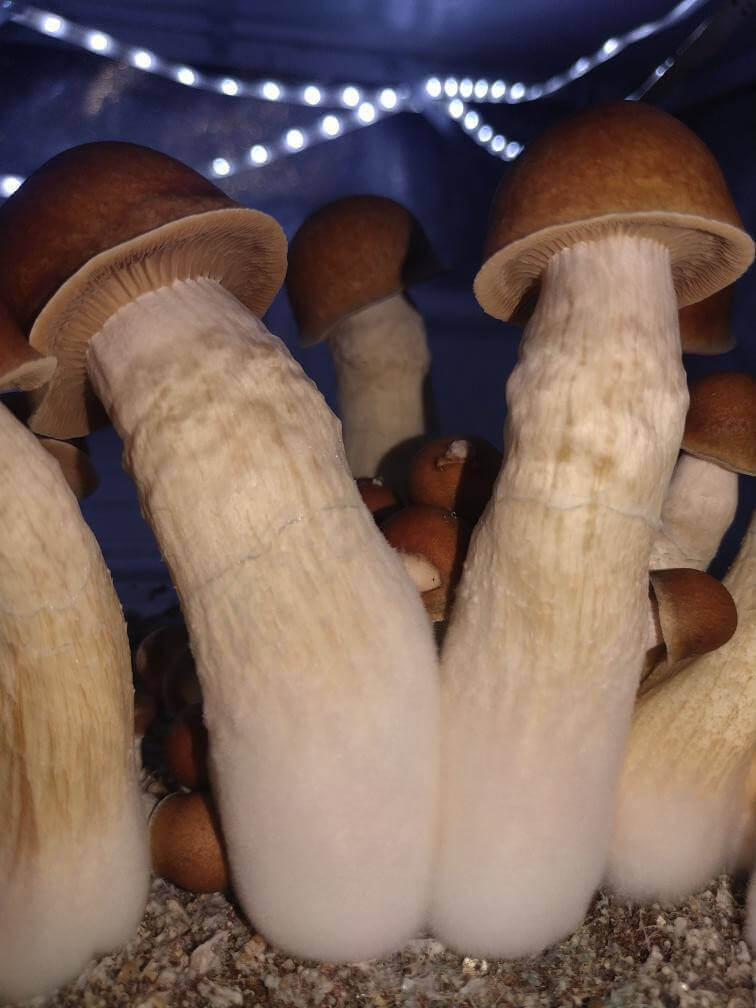
As you can see, the choice between spores and mycelium depends on your goals and level of experience. If you enjoy experimenting and are in no rush, growing from spores can be a fascinating option, as you will witness every step required to achieve successful fruiting. On the other hand, if you are looking for faster and more efficient production, mycelium is your best ally. Whatever your choice, remember that successful magic mushroom cultivation requires patience, rigorous hygiene, and a meticulous approach.
Happy growing and may the magic of mushrooms be with you!
